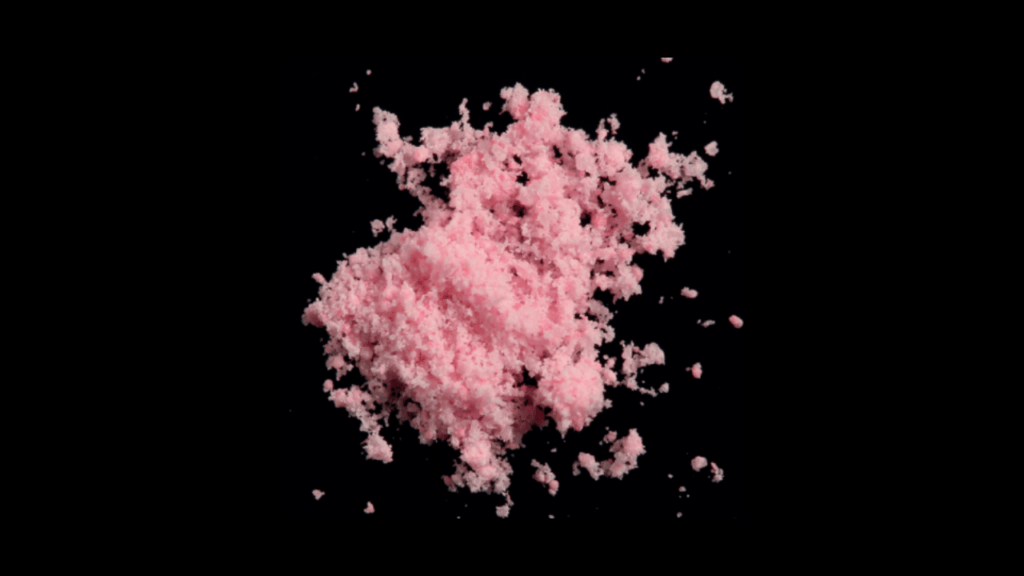America’s Poison Centers Warns about the Dangers of Pink Cocaine

Pink cocaine is an illicitly manufactured mixture of drugs dyed pink with food coloring. Also known as 2C, tusi, or tucibi, it emerged as a popular party drug in Europe and Latin America and is now gaining popularity in the United States.
Date 10/23/2024
Since January 2024, America’s Poison Centers National Poison Data System has documented 5 pink cocaine exposures reported by U.S. Poison Centers across four states. All patients required medical treatment. Three were hospitalized with life-threatening symptoms. Additionally, one unconfirmed death has been reported associated with pink cocaine use.
What’s in Pink Cocaine?
Despite its name, it usually contains little or no cocaine. Initially, it contained the synthetic stimulants 2C or 2-CB. More recently, pink cocaine refers to an evolving mixture of stimulants, hallucinogens, opioids, and other psychoactive substances. Pink cocaine is usually in powder or pill form. Pink cocaine is usually swallowed or inhaled. It is not usually injected.
Testing of pink cocaine powders in the United States reveals most contained:
- Ketamine and ketamine precursors (dissociative anesthetic)
- MDMA (ecstasy) (stimulant/hallucinogen)
- Caffeine (stimulant)
Other tested batches of pink cocaine contain stimulants such as methamphetamine and cocaine, strong hallucinogens like MDA (Sally) and DMT, the anesthetic lidocaine, and opioids including oxycodone and tramadol. Additionally, some mixtures may contain fentanyl.
What are the Symptoms of Overdose?
Since the combination of drugs in each batch are not known, symptoms can vary. Reported symptoms include:
- Vomiting
- Loss of consciousness
- Severe agitation
- Paranoia
- Hallucinations
Additionally, known symptoms of stimulant overdose may occur including:
- Hyperthermia (elevated body temperature)
- Increased heart rate and blood pressure
- Seizures
- Dysrhythmias (abnormal heart rhythms)
Poison Centers offer the following precautions to protect against poisoning:
- Do not use pink cocaine alone or in combination with other substances or drugs.
- Call 911 immediately if someone is not responsive, not breathing or is seizing.
- While waiting for first responders, start CPR.
- If available naloxone (Narcan) may be administered if the person is unresponsive or not breathing.
- Call Poison Help (1-800-222-1222) to reach your local poison center if you suspect someone has taken pink cocaine.